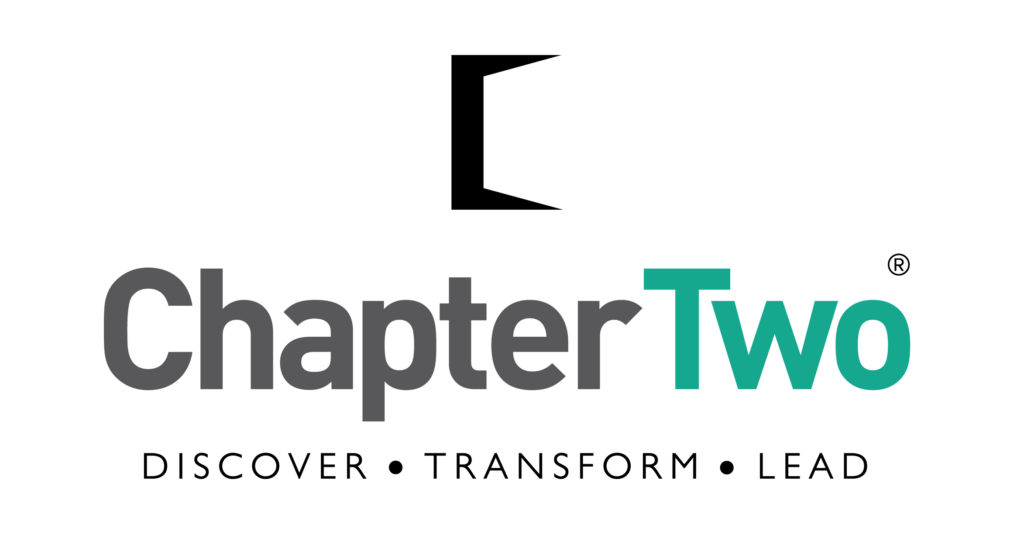We live in a world that is getting more diverse and dynamic every day. Globalization has already created the free movement of goods, services, capital and people across borders. As a result it has revitalized economies, sparked innovations, and lifted millions out of poverty. Today globalization is itself changing: The sharing economy is opening the door on a whole new business model. Millenials like to start their own businesses instead of working for yours. Digital innovations are changing the way we talk, share, and even think. Social innovation is making businesses think beyond just profit. In a world where old boundaries are shifting rapidly, how do established businesses continue to stay in the game? How do tomorrow’s leaders set the course for their work? At Chapter Two, we believe the answer lies in collaborative leadership.
Collaborative leadership is not new. People have been talking about it for a few years now. We have a slightly different take on it, though. It’s rooted in our central tenet of stories and their power to make us win or lose.
In theory, collaborative leadership is a style of leadership that is cooperative instead of autocratic, creative instead of rigid, reasonable instead of dogmatic, inclusive instead of narrow, and expressive instead of impassive.
Let’s understand those distinctions a little better:
Cooperative instead of autocratic:
A non-collaborative leader will be directive. They will issue directives and these need to be followed. There is little or no room for discussion or negotiation. A collaborative leader will build a system of give and take.
Creative instead of rigid:
A non-collaborative leader will prefer to follow a fixed rule book to get things done. The rules are not changeable. For example, they may set a rule that insists managers who spend over 1 lakh INR on some activity need to consult with them. If the manager is in a bind and comes up with a more expensive but highly creative and productive method, the non-collaborative leader tends to feel threatened because the rules have been flouted. Adherence to the rule takes precedence over innovation.
Reasonable instead of dogmatic:
The collaborative leader always uses reason to solve problems. Reason is the application of logic. The opposite of reason can be best described in the word ‘dogma’. Dogma comprises rules borne out of personal hatreds or favourites, with no basis in reason. The collaborative leader may allow employees to bring their pets to work one day of the month. The non-collaborative leader will not allow it because he just doesn’t like dogs or the idea of seeing a dog in the workplace. He converts his personal preference into a universal rule.
Inclusive instead of narrow:
A non-collaborative leader would insist on always doing things their way. A collaborative leader understands there could be more than one right away because they are many sides to the problem. They listen to different points of view and then make a decision without harming the critical interests of anyone else.
Expressive instead of impassive:
Non-collaborative leaders tend to avoid topics involving emotions. They prefer to stay in the realm of brainwork. Things are either done or not done. They also don’t express their thoughts or emotions that frequently. Once they issue a rule, it needs to be followed. There is no need, in their minds, for explanations. A collaborative leader will co-opt people into the journey by expressing his emotions and his dreams related to the project. He will be conscious to the thoughts and feelings of others. This doesn’t mean he will lose his identity or bungle up work to become popular or excessively democratic; it simply means he is aware of important emotions and feelings in himself and in his colleagues that might be invisibly affecting the project.
Why is this important?
Collaborative leadership is becoming increasingly relevant today because the world is more diverse and dynamic. We no longer live in a uni-polar world where power, knowledge and energy rests only at the top or in the hands of a few. We live in a ‘multi-polar world’ where power is decentralized, knowledge is democratic, and energy comes from everywhere – black, white, brown, yellow and every other colour.
So for leaders to stay relevant in this new diverse environment, they need to embrace collaborative leadership. What’s the story they need to absorb for that change? That’s the subject of the next blog.
About the Author:
Sandhya Reddy is an Executive coach, Leadership and Business coach based in Bangalore, India. She is the Founder and Principal Coach at Chapter Two Coaching, a coaching consultancy that enables everyone from CEOs to work-from-home parents and entrepreneurs to achieve their goals by replacing self-imposed limitations with enabling stories.
Many of us in our thirties experience a disquieting realization: what brought us to middle-management may not take us to senior-management. This is true. To chart a new career path, one needs to think and do things differently. This is where Sandhya can help. She is a coach. Life coaching, executive coaching, personality development, leadership coaching, business coaching… they are all part of her forte. Her Executive coaching programs helps tomorrow’s leaders set new goals, make new plans to achieve those goals.
Starting your own business can be exciting and daunting. It means coming face to face with hidden beliefs and behaviours that may be coming in the way of success. If you are an entrepreneur, Business Coaching helps you craft a vision, take responsibility, prioritize strategic thinking, and complement the best-laid plans with systematic action. Entrepreneurship involves a significant mind-set change but the right positive self-talk is the first start point.
